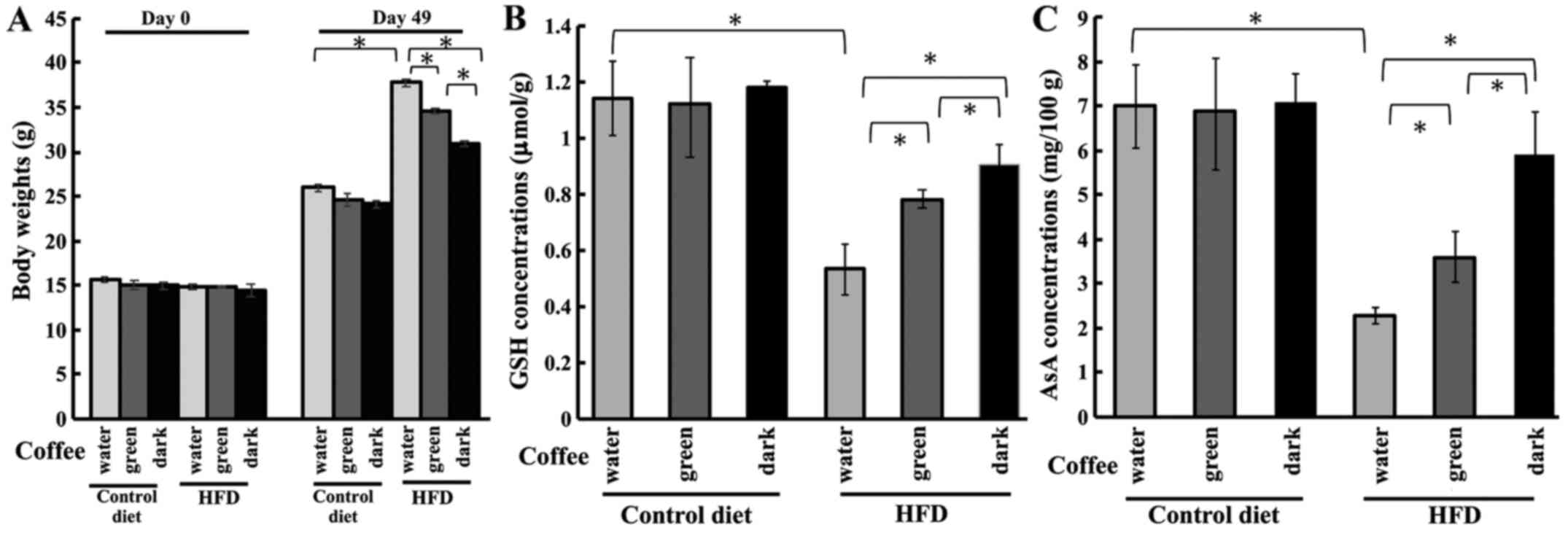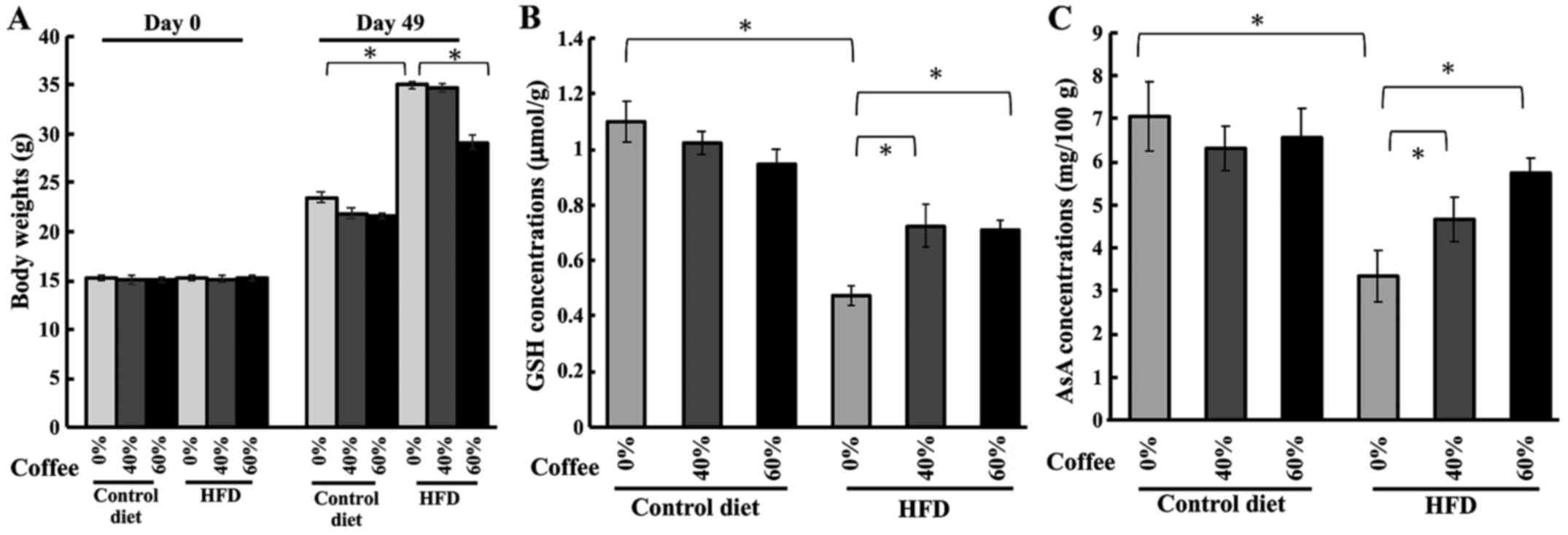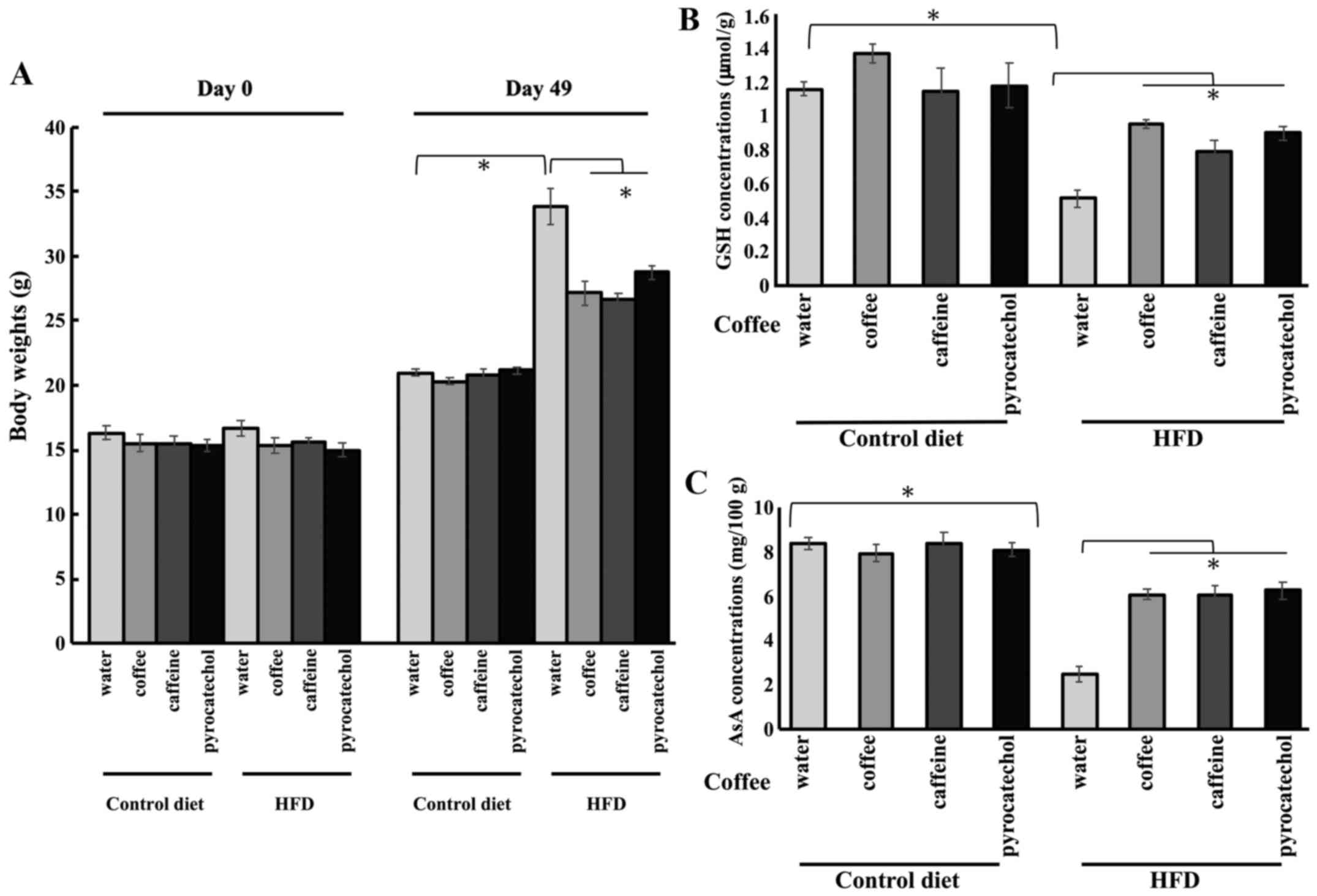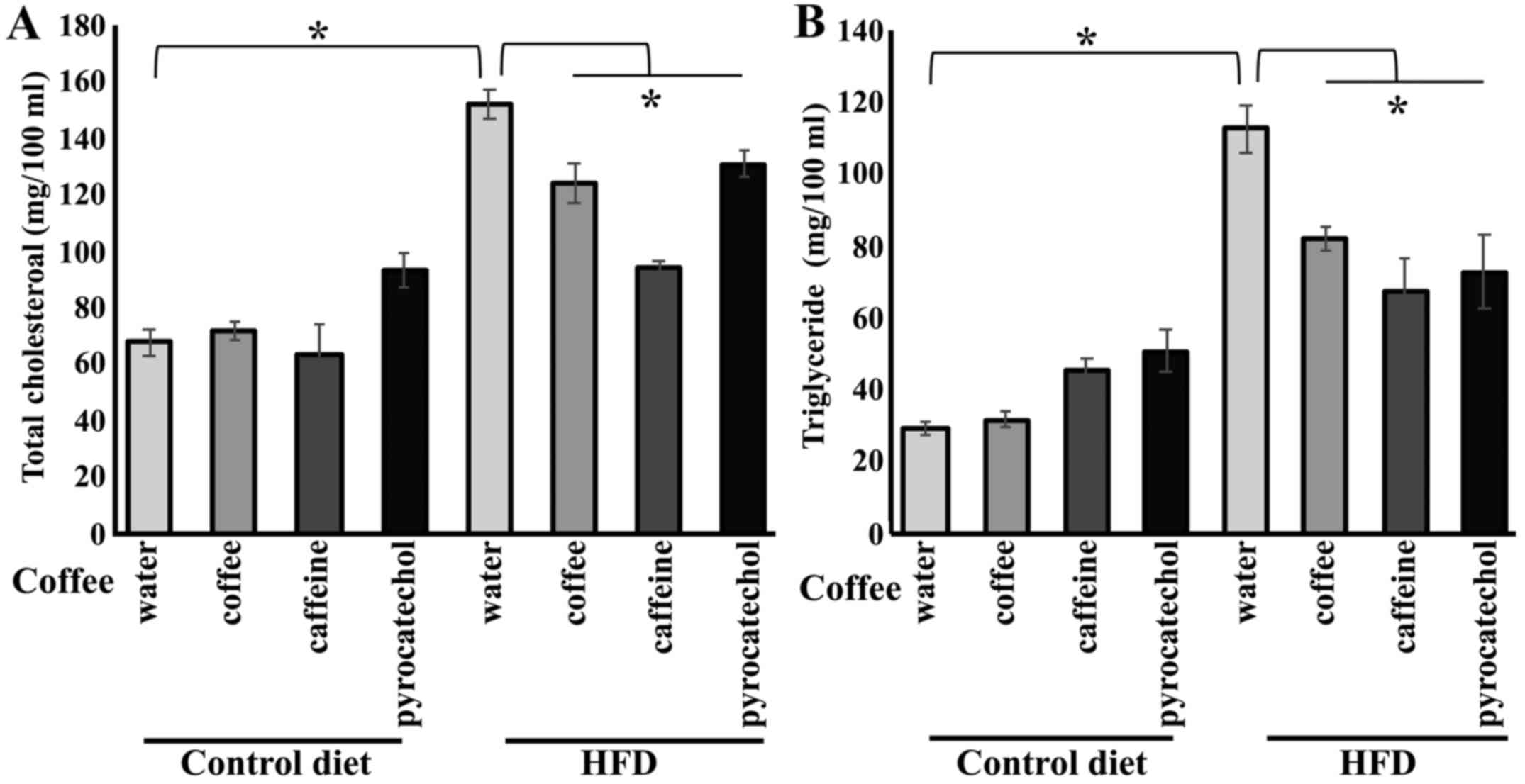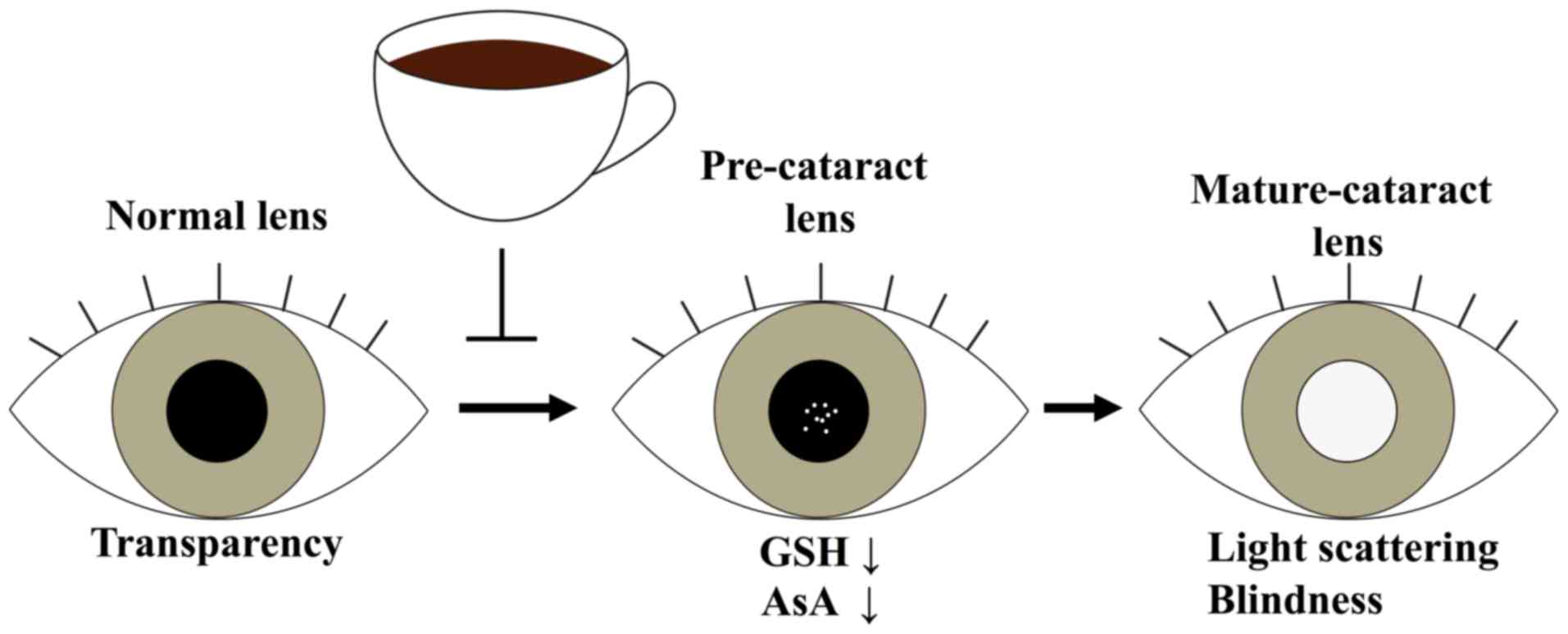|
1
|
Grey AC, Demarais NJ, West BJ and
Donaldson PJ: A quantitative map of glutathione in the aging human
lens. Int J Mass Spectrom. (In Press).
|
|
2
|
Nakazawa Y, Oka M, Bando M and Takehana M:
Hesperetin prevents selenite-induced cataract in rats. Mol Vis.
21:804–810. 2015.PubMed/NCBI
|
|
3
|
Chasan-Taber L, Willett WC, Seddon JM,
Stampfer MJ, Rosner B, Colditz GA, Speizer FE and Hankinson SE: A
prospective study of carotenoid and vitamin A intakes and risk of
cataract extraction in US women. Am J Clin Nutr. 70:509–516. 1999.
View Article : Google Scholar : PubMed/NCBI
|
|
4
|
Isai M, Sakthivel M, Ramesh E, Thomas PA
and Geraldine P: Prevention of selenite-induced cataractogenesis by
rutin in Wistar rats. Mol Vis. 15:2570–2577. 2009.PubMed/NCBI
|
|
5
|
Nakazawa Y, Nagai N, Ishimori N, Oguchi J
and Tamura H: Administration of antioxidant compounds affects the
lens chaperone activity and prevents the onset of cataracts. Biomed
Pharmacother. 95:137–143. 2017. View Article : Google Scholar : PubMed/NCBI
|
|
6
|
Tan JS, Wang JJ and Mitchell P: Influence
of diabetes and cardiovascular disease on the long-term incidence
of cataract: The Blue Mountains eye study. Ophthalmic Epidemiol.
15:317–327. 2008. View Article : Google Scholar : PubMed/NCBI
|
|
7
|
Park S, Kim T, Cho SI and Lee EH:
Association between cataract and the degree of obesity. Optom Vis
Sci. 90:1019–1027. 2013. View Article : Google Scholar : PubMed/NCBI
|
|
8
|
Maki C, Funakoshi-Tago M, Aoyagi R, Ueda
F, Kimura M, Kobata K, Tago K and Tamura H: Coffee extract inhibits
adipogenesis in 3T3-L1 preadipocyes by interrupting insulin
signaling through the downregulation of IRS1. PLoS One.
12:e01732642017. View Article : Google Scholar : PubMed/NCBI
|
|
9
|
Wu JN, Ho SC, Zhou C, Ling WH, Chen WQ,
Wang CL and Chen YM: Coffee consumption and risk of coronary heart
diseases: A meta-analysis of 21 prospective cohort studies. Int J
Cardiol. 137:216–225. 2009. View Article : Google Scholar : PubMed/NCBI
|
|
10
|
Yu X, Bao Z, Zou J and Dong J: Coffee
consumption and risk of cancers: A meta-analysis of cohort studies.
BMC Cancer. 11:962011. View Article : Google Scholar : PubMed/NCBI
|
|
11
|
Wang A, Wang S, Zhu C, Huang H, Wu L, Wan
X, Yang X, Zhang H, Miao R, He L, et al: Coffee and cancer risk: A
meta-analysis of prospective observational studies. Sci Rep.
6:337112016. View Article : Google Scholar : PubMed/NCBI
|
|
12
|
Moura-Nunes N, Perrone D, Farah A and
Donangelo CM: The increase in human plasma antioxidant capacity
after acute coffee intake is not associated with endogenous
non-enzymatic antioxidant components. Int J Food Sci Nutr. 60 Suppl
6:S173–S181. 2009. View Article : Google Scholar
|
|
13
|
Varma SD: Effect of coffee (caffeine)
against human cataract blindness. Clin Ophthalmol. 10:213–220.
2016. View Article : Google Scholar : PubMed/NCBI
|
|
14
|
Ishimori N, Oguchi J, Nakazawa Y, Kobata
K, Funakoshi-Tago M and Tamura H: Roasting enhances the
anti-cataract effect of coffee beans: Ameliorating selenite-induced
cataracts in rats. Curr Eye Res. 42:864–870. 2017. View Article : Google Scholar : PubMed/NCBI
|
|
15
|
Nakazawa Y, Oka M, Bando M, Inoue T and
Takehana M: The role of ascorbic acid transporter in the lens of
streptozotocin-induced diabetic rat. Biomed Prev Nutr. 1:43–48.
2011. View Article : Google Scholar
|
|
16
|
Sankhla M, Sharma TK, Mathur K, Rathor JS,
Butolia V, Gadhok AK, Vardey SK, Sinha M and Kaushik GG:
Relationship of oxidative stress with obesity and its role in
obesity induced metabolic syndrome. Clin Lab. 58:385–395.
2012.PubMed/NCBI
|
|
17
|
Reddy PY, Giridharan NV and Reddy GB:
Activation of sorbitol pathway in metabolic syndrome and increased
susceptibility to cataract in Wistar-Obese rats. Mol Vis.
18:495–503. 2012.PubMed/NCBI
|
|
18
|
McCaleb ML and Sredy J: Metabolic
abnormalities of the hyperglycemic obese Zucker rat. Metabolism.
41:522–525. 1992. View Article : Google Scholar : PubMed/NCBI
|
|
19
|
Kisic B, Miric D, Zoric L, Ilic A and
Dragojevic I: Antioxidant capacity of lenses with age-related
cataract. Oxid Med Cell Longev. 2012:4671302012. View Article : Google Scholar : PubMed/NCBI
|
|
20
|
Pescosolido N, Barbato A, Giannotti R,
Komaiha C and Lenarduzzi F: Age-related changes in the kinetics of
human lenses: Prevention of the cataract. Int J Ophthalmol.
18:1506–1517. 2016.
|
|
21
|
Varma SD, Hegde KR and Kovtun S:
UV-B-induced damage to the lens in vitro: Prevention by caffeine. J
Ocul Pharmacol Ther. 24:439–444. 2008. View Article : Google Scholar : PubMed/NCBI
|
|
22
|
Sirota R, Gibson D and Kohen R: The role
of the catecholic and the electrophilic moieties of caffeic acid in
Nrf2/Keap1 pathway activation in ovarian carcinoma cell lines.
Redox Biol. 4:48–59. 2015. View Article : Google Scholar : PubMed/NCBI
|



